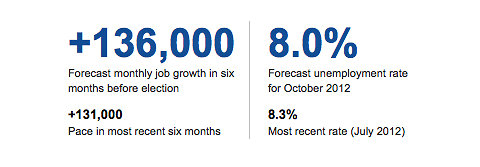Smartphones are so popular here that it’s difficult to avoid seeing one, and in China, these devices are poised to become even more widespread.
This year, China will account for 26.5 percent of all smartphone shipments, compared to 17.8 percent in the United States, according to a forecast by the International Data Corporation, a research firm.
China has surpassed the United States in smartphone sales in the past. However, only in the first quarter of this year did it become clear that the smartphone gap between China and the United States would become a “long-lasting gulf that won’t be bridged,” said Kevin Restivo, a senior research analyst with IDC.
What’s driving the spike in China? Cheaper Android smartphones priced below $200, like those made by Huawei, according to IDC. Apple’s iPhone has also been a big hit among Chinese customers — during Apple’s fiscal second quarter, sales of the iPhone there accounted for 20 percent of the company’s revenue. However, over all, Android phones are outselling the iPhone by about eight times in China, according to Mr. Restivo, which you would expect because Google’s operating system is available on a wider array of products at lower prices.
China’s overtaking of the United States in smartphones doesn’t mean sales here are grinding to a halt, says Ramon Llamas, a senior research analyst at IDC, in a statement. Smartphones already account for the majority of phone sales in the United States, so a slowdown was expected, he said.
Article source: http://bits.blogs.nytimes.com/2012/08/30/china-smartphone-sales/?partner=rss&emc=rss







